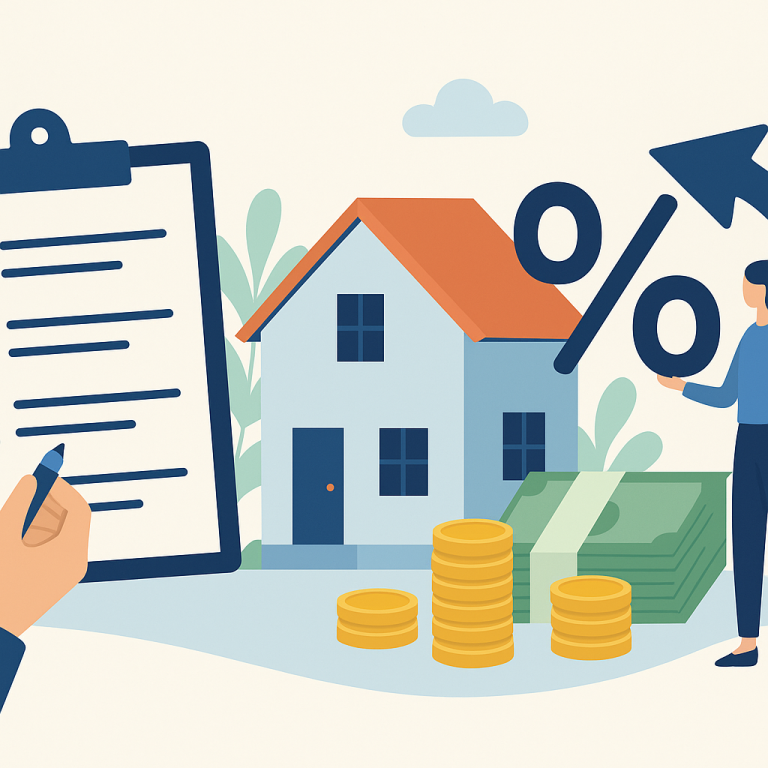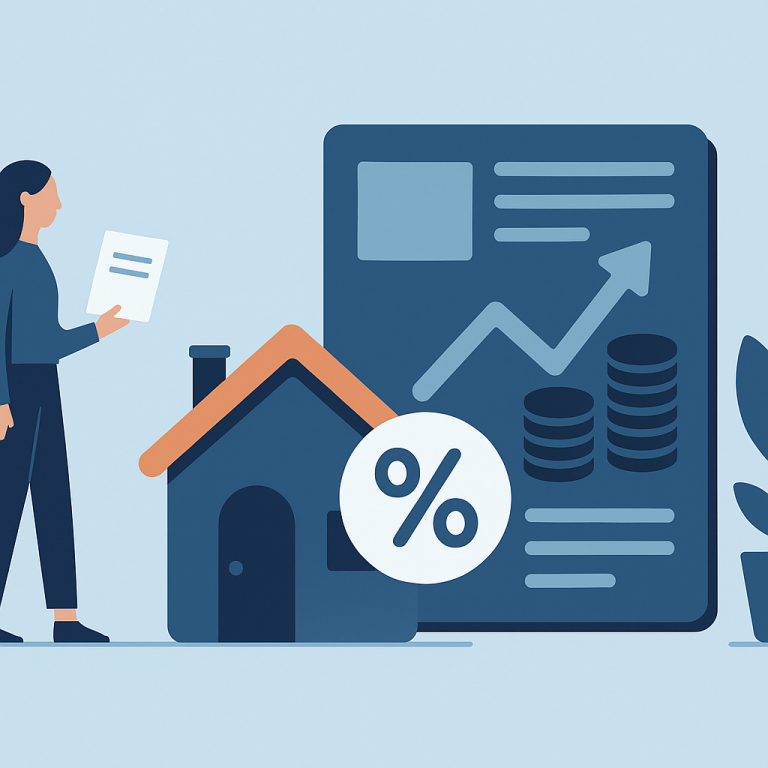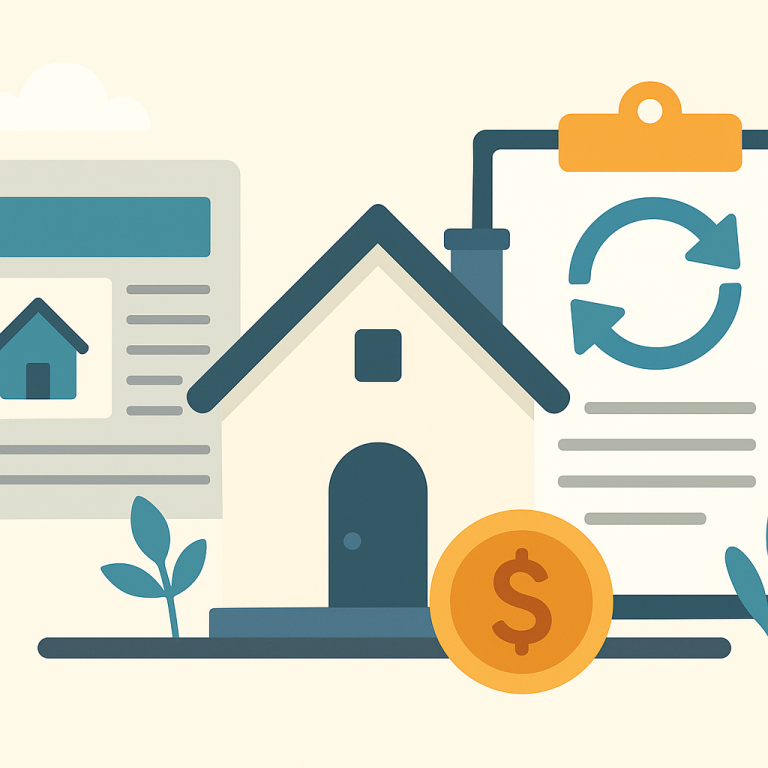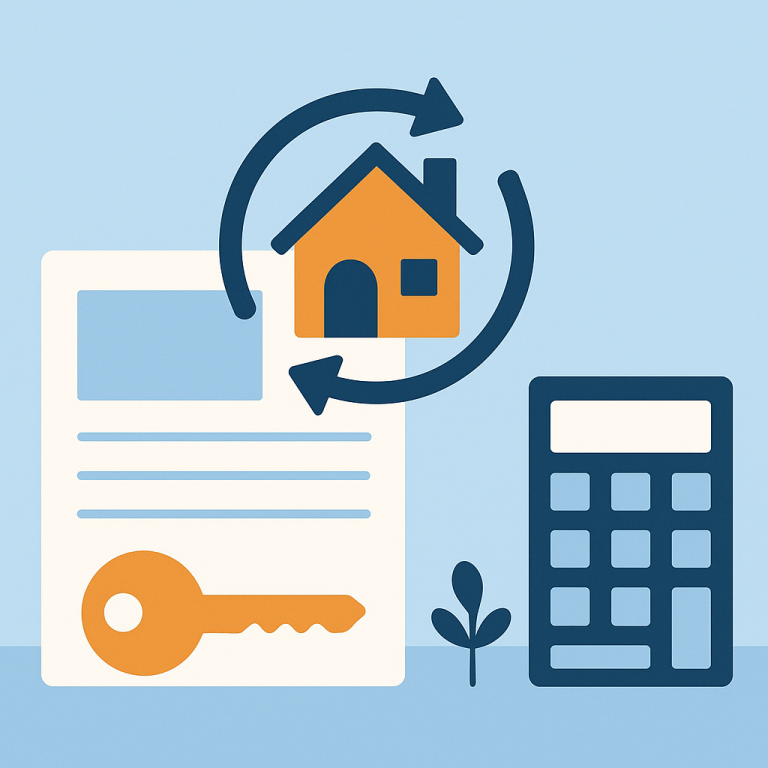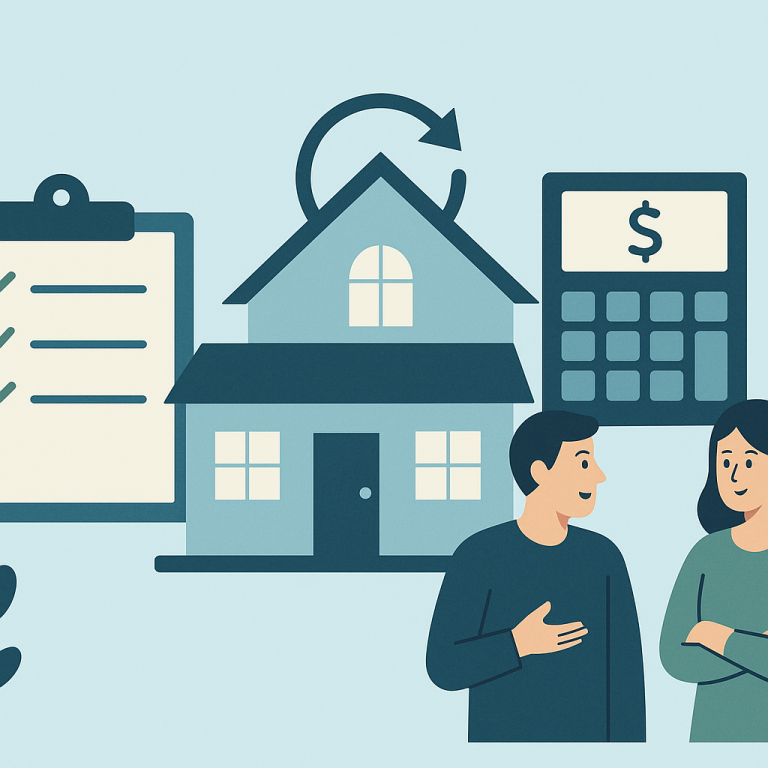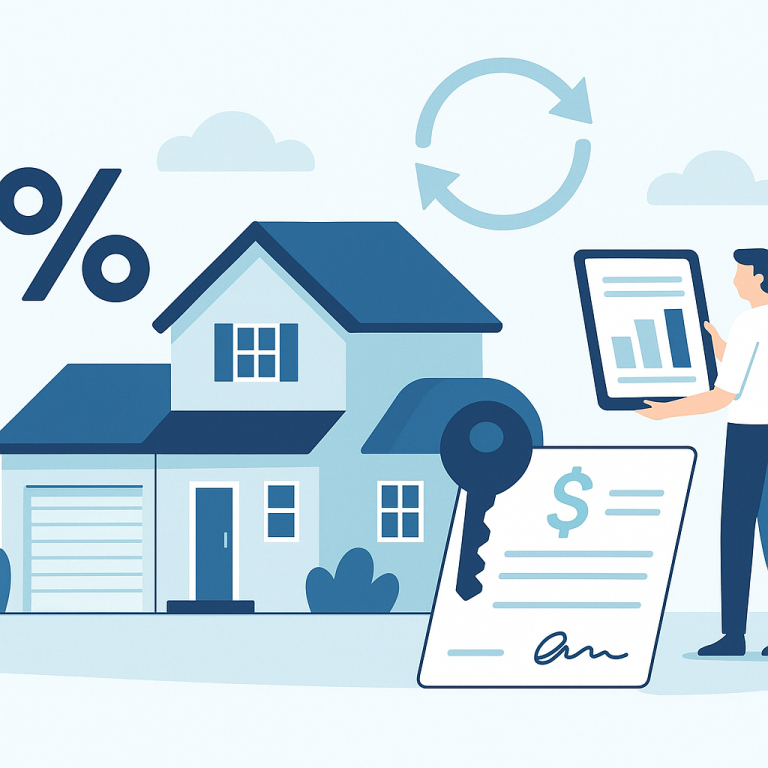30-Year Refinance Rates Drop To 5.12% After Fed Signals Pause
At a glance: The latest mortgage rate drop and how it could affect refinancing decisions.
Mortgage rates have moved lower. That can improve affordability and may reopen refinance options for borrowers whose current rate is above today’s quotes.
What the Rate Drop Means for Borrowers
Mortgage refinancing activity has begun to pick up as borrowing costs show signs of easing from recent peaks. Lenders are responding to shifts in the bond market and expectations about monetary policy by adjusting product pricing, creating windows of opportunity for certain homeowners to reduce monthly payments, shorten loan terms, or access home equity. Financial advisers say that while refinancing can be beneficial, the decision hinges on individual circumstances rather than broad market headlines.
The dynamics behind the uptick are familiar: when longer-term yields fall, fixed-rate mortgages typically follow, prompting lenders to refresh offerings and promote rate-lock incentives. At the same time, some borrowers who previously waited out volatile markets are re-entering the refinance pipeline, seeking relief from higher payments or looking to fund home improvements and other needs through cash-out options. Lenders may compete on promotional fees and underwriting timelines, but closing costs and loan structure remain central to whether a refinance makes financial sense.
Key factors that determine whether refinancing is advantageous include the size of the rate differential versus existing loan terms, the remaining balance and amortization schedule, and the upfront costs associated with a new mortgage. Shortening a mortgage term can lead to interest savings over the life of the loan but may increase monthly payments. Conversely, extending the term or choosing an interest-only period can reduce payments now but increase total interest paid later. Cash-out refinances offer liquidity but can alter your equity position and might affect mortgage insurance requirements for those with lower equity levels.
Homeowner Takeaways
- Run a break-even analysis: Compare the total closing costs and fees against the expected monthly savings to estimate how long it will take for the refinance to pay off.
- Evaluate loan term trade-offs: Decide whether reducing the loan term or lowering monthly payments better serves your financial goals; shorter terms accelerate equity building but raise monthly obligations.
- Consider cash-out implications: If tapping equity, assess how funds will be used and whether the benefits outweigh reduced home equity and potential tax or insurance consequences.
- Check eligibility and timing: Credit profile, debt-to-income ratio, and home appraisal outcomes affect offers; shop multiple lenders and compare rate locks, points, and fees.
- Weigh fixed vs. adjustable options: Fixed rates offer predictability, while adjustable-rate products may start lower but carry future rate risk; align choice with your time horizon and risk tolerance.
- Factor in mortgage insurance: For borrowers with lower equity, refinancing may change mortgage insurance requirements—confirm how premiums will be treated under a new loan.
- Use trusted tools and advisors: Refinance calculators can model scenarios, but complex situations—such as consolidating high-interest debt through a cash-out refinance—may warrant personalized advice from a mortgage professional or financial planner.
As mortgage pricing continues to evolve, homeowners contemplating a refinance should avoid reacting solely to headlines. A thorough analysis that accounts for closing costs, remaining loan term, future plans for the property, and the intended use of any cash proceeds will yield clearer answers. For many borrowers, the best path is a measured comparison of multiple lender offers and a firm understanding of how a new mortgage aligns with short- and long-term financial objectives.
META: refinance-angle=rate-easing;audience=homeowners;focus=break-even-and-term-tradeoffs

